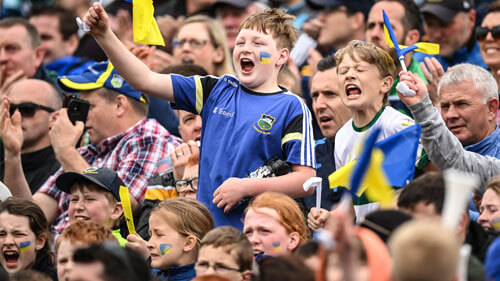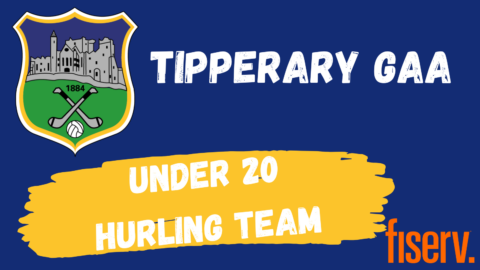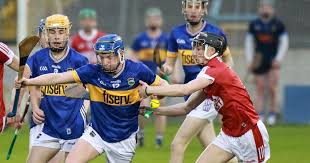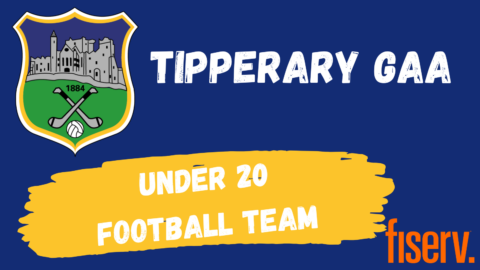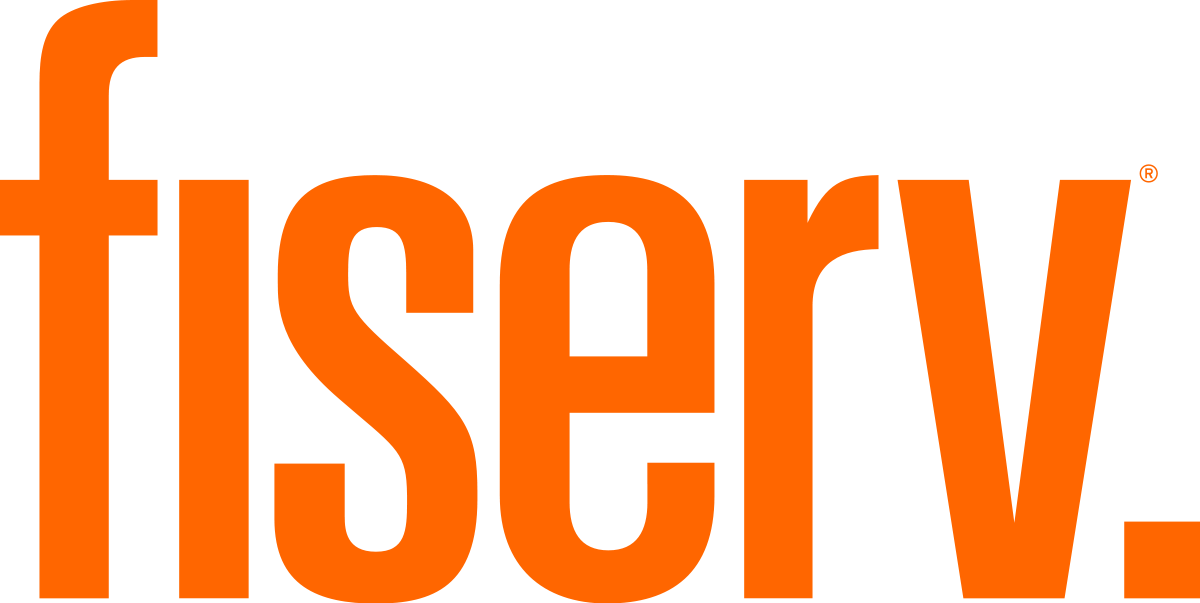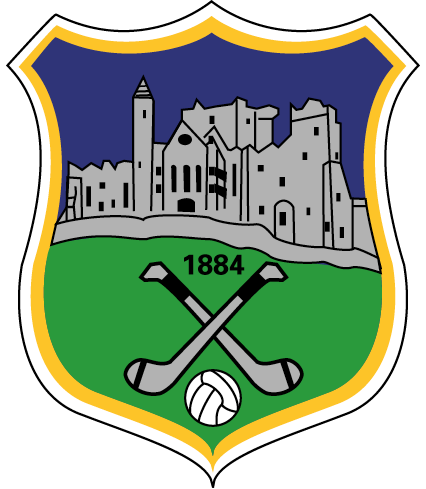You know the old saying ‘There are lies, damned lies and statistics’. Well, I was thinking about it recently because every area of life nowadays seems to be dominated by statistics and their interpretation.
Politicians love stats because you can twist them to suit any argument. conomists will forever try to bamboozle with figures and tables. Even that crazy US election saw us showered with endless stats. First it was the pollsters breaking down their (mostly inaccurate) findings, then the political analysts took their calculators to the results and produced endless percentages.
Inevitably our games have caught the virus too. Every team now has someone compiling statistics of every sneeze that happens in a match. This is a guy who sits with a clipboard and logs everything that occurs, the hooks, blocks, tackles, the turnovers, the assists, the puck-outs won and lost etc. etc.
In a sense it’s trying to apply mathematical science to a game that is notably unscientific. Above all sports hurling isn’t amenable to a formulaic approach. It’s mostly spontaneous with few set-pieces. A flick of the wrist can transfer play a hundred yards or more so there’s not much time for chessboard moves to be set up.
However, that’s not to totally dismiss stats, they do have a role to play. Principally they give managers the evidence to back up their impressions. You may sense that a player isn’t putting his back into the effort but when you present him with the stats it turns opinion into factual data.
Brian McDonnell in our sister publication, ‘The Tipperary Star’, has produced some interesting pieces since the All Ireland. The statistics from the All Ireland final, for example, make for very pleasant reading and I’m sure will animate many a debate during the long winter.
As a prompter of debate then Brian has done some service to Tipperary GAA in this regard, not least because some of his assertions will prompt debate. How about this as a provoker of discussion for example: ‘the players positioned from right wing back to left wing forward win the game, and the inside forwards then decide by how much’.
Like all such generalizations there’s an element of simplicity involved. Of course if your half backs, midfield and half forwards are on top then you ought to win the match. However, it does tend to underplay the role of Tipperary’s full forward line who between then scored 2-15 from play in that final. Very few of those scores were routine. Even ‘Bubbles’ goal might have benefitted from an excellently placed clearance by Cathal Barrett but look at the work the forward had to do after gaining possession out near the sideline. He had to take on and go past Paul Murphy, solo in towards goal and then supply the finish with two defenders racing across his line of approach. Without a shooter of ‘Bubble’s’ caliber the Barrett clearance might have yielded nothing.
One essential tenet of Brian McDonnell’s argument, however, is very true and is probably best summed up in the assertion that your defence starts with number fifteen. In essence tackling and harrying at one end of the field has consequences elsewhere. It’s an ensemble game, if one sector isn’t performing then others are hurt.
Mostly, however, these stats only serve to confirm one’s impression. People came away from the championship this year, for example, raving about the work rates of the likes of ‘Bonner’ Maher and Dan McCormack. Then you look at the stats for ‘turnovers won’ and who leads the way? McCormack followed closely by ‘Bonner’ in second place. Who were the top tacklers? Again ‘Bonner’ and McCormack are in the top five.
Sometimes, however, the stats will make you think and perhaps adjust your view slightly. For example John McGrath was in third place for ‘turnovers won’ and again the third best tackler on the team. We remember the possessions he won, the scores he got, the lay-offs, but actually he’s an amazing tackler too as the stats indicate.
Brian McDonnell’s most recent contribution is interesting too as he plots the geographical spread of our county hurlers and footballers and highlights the gaps that exist and which need attention. There’s probably nothing startlingly new here but it is helpful to have trends highlighted.
It will come as no surprise to people to learn that the northern half of the county has supplied most of our hurlers in the past thirty years and the southern part has supplied the bulk of the footballers. Nor will it surprise many to learn that our urban areas haven’t being pulling their weight in this regard with the exceptions of Clonmel in football and Thurles in hurling.
This latest article by Brian was referenced by county hurling manager, Michael Ryan, on Saturday night last when he launched St. Mary’s club history in Clonmel. Sean O’Donnell has updated his history of the club since 1990 and his work was rightly lauded at a lovely function in the social centre.
These are exciting times for St. Mary’s who made history this year by putting county minor titles back to back at the same time as Seamus Kennedy raised the club’s profile for his part in the All Ireland win. Donncha Fahey, another fine hurler, was a previous winner with Nicky English and the 2001 panel.
The club also honoured its 1981 senior team, which was captained by Mossy Carroll and won their only South title. Therein lies the next challenge for St. Mary’s to get back up into senior ranks and deliver on their minor promise. It can’t be assumed that it will happen and this brings us back to Brian McDonnell’s recent contribution, which highlights the fact that Clonmel has contributed handsomely to Tipperary football but not so well to hurling teams.
As our largest town Clonmel has an urban population of nearly sixteen thousand according to the 2011 census; when you include rural portions that figure swells substantially. By comparison Nenagh’s urban population is just over eight thousand while Thurles in 2011 was shy of seven thousand.
It would seem logical then to target Clonmel because of its numbers but, of course, spreading the hurling gospel is never that easy. As is often pointed out an entirely different dynamic operates in urban as opposed to rural areas. Football has been a dominant game in Clonmel and that finds expression not just with Commercials but also with soccer and rugby. Town clubs face challenges that are often alien to rural clubs where numbers are smaller and everything is more tight-knit and even familial in nature.
Anyway club chairman Kevin Leahy (as loquacious as his dad!) did a fine job in organising Saturday’s event, which was smoothly handled by MC Ronan Quirke. Previous club organizers weren’t forgotten either for their central part in recent successes. I note that Sean O’Donnell commented wryly in his book on the voting out of the entire committee in the wake of their 2015 minor win. The vagaries of democracy indeed!
One regret with this book is the fact that the 2016 minor win misses out. I assume that it was packed off to the printers well ahead of that great achievement in mid October. Won’t it be a great starting point for the next update? Anyway good luck to Mary’s, a club whose progress will be watched carefully in the coming years.
While St. Mary’s were celebrating the launch of their history at the southern extreme of the county, up north Portroe on the shores of Lough Derg were doing likewise recently. There’s another link between the two in that Sean O’Donnell’s former Rockwell colleague, Seamus King, was the author of the Portroe history.
This Portroe story is a huge tome spanning six hundred pages and including much social history as well as the GAA fare, which was its original purpose. ‘Betwixt the Arras and Lough Derg’ is a beautifully presented account of a small rural club, wedged between the famous lake on the Shannon and the Arra Mountains. Theirs isn’t the most glamorous of GAA stories but as a rural entity they reflect the very heartbeat of the GAA.
Portroe’s big breakthrough year was 2012 when they finally took a North senior hurling crown, beating old enemies Toomevara in the final. It was an emotional occasion for such a small parish.
I mentioned earlier the urban population of Clonmel is around sixteen thousand; by contrast the 2011 census lists the population of Portroe as 468. Even allowing for the fact that I assume that’s not the entire parish figure it still puts the contrast into stark profile.
Liam Sheedy is probably the club’s best known personality, a former player, then successful manager and now TV pundit. His brother John, a former Tipp goalie, is widely known and respected too serving as a selector with Liam Cahill on this year’s minor win. Goalies seem to be a specialty for Portroe because Liam Sheedy began his career as a ‘keeper too and of course Darren Gleeson is their latest custodian winning an All Star award in 2014.
Anyway Seamus King has done yet another massive job of work on this history. He must have something of a record set at this stage for GAA histories. Without his contribution the catalogue of GAA histories would be a smaller shelf indeed.


